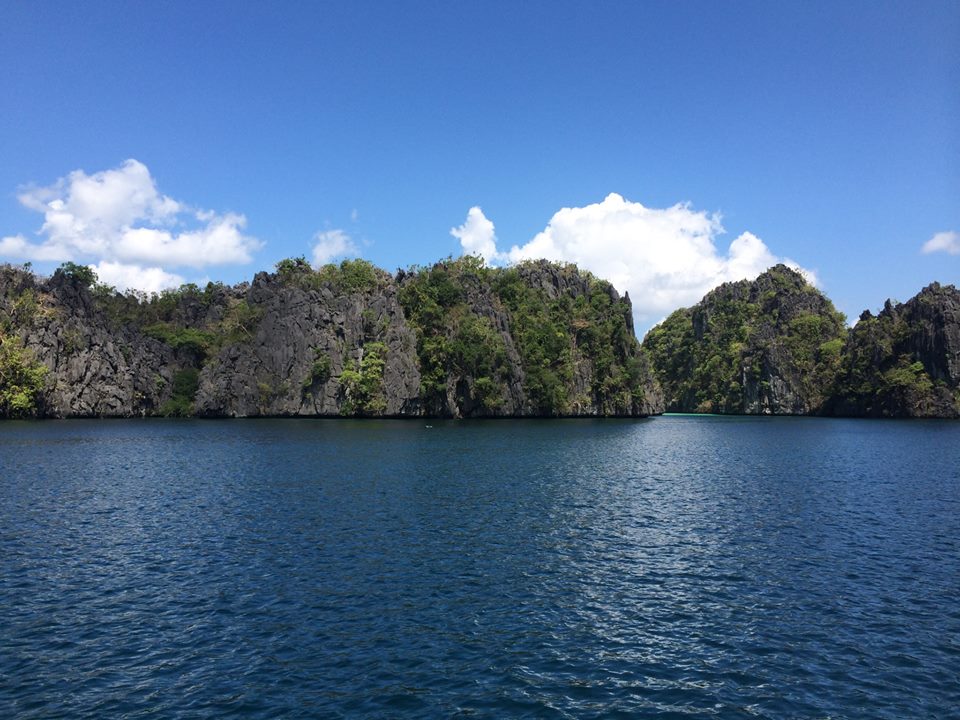Filtered By: Scitech
SciTech
Just how much are El Nido’s coral reefs worth? Science weighs in
By MACY AÑONUEVO

How much is a coral reef worth? Nobody knows for sure. This uncertainty makes it easy to go for short-term gains through destructive methods like blast and cyanide fishing and uncontrolled tourism when, in fact, an intact ecosystem could provide much more wealth for more people.
The Capturing Coral Reef and Related Ecosystem Services (CCRES) Project (http://ccres.net) is a regional technical support project that aims to quantify the value of the ecosystem services provided by coral reefs to coastal communities and assist the same coastal communities in building sustainable income streams based on this valuation. The municipality of El Nido, Palawan serves as the CCRES pilot site in the Philippines.
“Ecosystem services” are all the benefits that humans get the environment, including products that are extracted from the ecosystem (i.e. fish), regulating services (i.e. the ocean regulating climate), cultural services (i.e. tourism and recreational benefits), and supporting services (i.e. the ocean's role in the carbon cycle).
But while the monetary value of extractive activities like coral reef fisheries is relatively straightforward to calculate, calculating the value of all the other services an ecosystem provides is not so easy.
Said Dr. Annette Juinio-Meñez, Director of the Marine Science Institute:
But while the monetary value of extractive activities like coral reef fisheries is relatively straightforward to calculate, calculating the value of all the other services an ecosystem provides is not so easy.
Said Dr. Annette Juinio-Meñez, Director of the Marine Science Institute:
So many Filipino lives in terms of food, livelihood, security, and safety depend on our reefs. Unlocking the economic and social value of these ecosystems gives an incentive to local communities, businesses, investors, and policy-makers to preserve them (and their services) for future generations.
The CCRES Project was officially launched last July 8 and is funded by the World Bank, the Global Environment Facility (GEF), and the University of Queensland (UQ). The University of the Philippines-Marine Science Institute (UP MSI) is a major collaborator and houses the national coordination office. The UQ Global Change Institute is the project executing agency. Other partners include Cornell University, the University of California-Davis, and Currie Communications.
Why El Nido?
El Nido, a first-class municipality located in northwest Palawan, has gained worldwide attention for its dramatic limestone cliffs, hidden beaches, world-class diving. "El Nido has one of the highest marine biodiversity in the country. It's also a declared National Protected Area and a Marine Biodiversity Area," said Miledel Quibilan, CCRES Philippines Coordinator. The area is home to over 800 species of fish (including several new species), five species of endangered sea turtles (green, hawksbill, olive ridley, leatherback, and loggerhead), whale sharks, manta rays, and dugongs. El Nido is part of the El Nido-Taytay Managed Resource Protected Area (ENTMRPA), a protected area under the National Integrated Protected Areas System (NIPAS). The ENTMRPA was established in 1998 and spans over 90,000 hectares, including 54,000 hectares of marine waters.
El Nido has been called the "Last Ecological Frontier" but it is not any longer. The tremendous increase in tourism from 10,000 tourists in 1994 to over 50,000 in 2013 has fueled the development boom and the 4.77% annual population growth rate, mostly due to migration. El Nido is under threat. "El Nido's economy very distinctly relies on coastal resources. [But] the pressure around water, housing, etcetera are enforcing those impacts onto the reef. We need to preserve that environment that you're [El Nido] so heavily reliant on," said Melanie King, CCRES Project Director.
The success of CCRES is dependent on its in-country partners. Aside from UP MSI, these include the Department of Environment and Natural Resources (DENR), the Palawan Council for Sustainable Development (PCSD), The El Nido local government unit, El Nido Foundation (ENF), and Palawan State University (PSU). "It's not about us producing the information then saying 'Here it is'. It's about the LGU, PCSD, DENR, ENF, and the business community in El Nido being actively engaged with us right from the start and involved the activities," said King.
The importance of communication
After the valuation of the ecosystem services and the development of sustainable income streams comes the communication of those results and recommendations in order to affect behavioral change. Said Mark Patterson, Team Leader for Communications, Engagement, and Outreach, "Participation, in terms of the learning, our decision support, and our engagement is the key ingredient of this project. We want the people who we're trying to help be involved. In the end, the research, planning, business models and tools, and communications and engagement that we do is partly designed by the communities we'll be working with." — TJD, GMA News
Macy Añonuevo earned her MS Marine Science degree from the University of the Philippines. She is a published science and travel writer and was a finalist in the 2013 World Responsible Tourism Awards under the Best Photography for Responsible Tourism category. Her writings and photographs may be found at www.theislandergirl.com.
Macy Añonuevo earned her MS Marine Science degree from the University of the Philippines. She is a published science and travel writer and was a finalist in the 2013 World Responsible Tourism Awards under the Best Photography for Responsible Tourism category. Her writings and photographs may be found at www.theislandergirl.com.
More Videos
Most Popular




